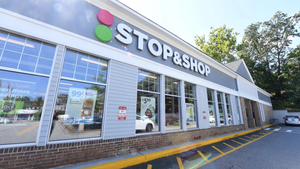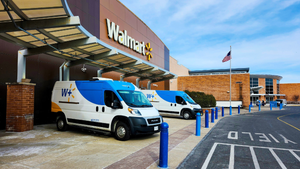Grocery prices trending upwardGrocery prices trending upward
Report: Half of CPG manufacturers enacted increases in 2018
February 5, 2019
Rising production and transportation costs are lifting grocery prices, pushing manufacturers and retailers to find ways to soften the impact on consumers, according to consumer packaged goods (CPG) sales and marketing firm Acosta.
Nearly half of manufacturers polled for Acosta’s The Pricing Conundrum study, released yesterday, processed a price increase in 2018, with hikes averaging 7.8%. This trend is expected to continue over the next year or two, the CPG specialist noted.
On average, total store prices rose 1.8% for 2018, compared with gains of just under 1% in 2017 and 0.6% in 2016, Acosta reported, citing Nielsen data for the extended food, drug and mass retail channel. Those increases, however, remain below the Consumer Price Index (CPI), which edged up 2.4% in 2018, about 2.2% in 2017 and 1.3% in 2016.
All grocery store departments experienced price hikes during 2018, but the increases varied by category, Jacksonville, Fla.-based Acosta found. Above-average price gains were seen in meat, seafood, pet care, deli, baby care and household care, while below-average increases were felt in the dairy, alcohol, health and beauty aids, grocery, bakery and produce categories.
Driving the grocery price increases were elevated manufacturing costs such as gasoline ( 12%), diesel ( 19%), aluminum ( 11%), paper pulp ( 60% for hardwood, 21% for softwood) and trucking line-haul rates (due to higher demand amid a driver shortage), Acosta’s report said.
"At times, manufacturers are able to absorb, delay or minimize cost increases, but eventually it becomes necessary to negotiate price increases with retailers," explained John Clevenger, senior vice president and managing director of strategic advisers at Acosta. "Seventy-six percent of retailers have pushed back on or have been hesitant to accept price increases. However, we have found that increases are not necessarily a negative, as long as they are executed fairly and equitably across all channels of retail with full transparency."
Many shoppers and retailers, for example, favor a price increase over reduced package sizes, Acosta’s research revealed. Of shoppers surveyed, 80% said they accept that food prices may rise when external costs increase, and 50% said they notice product size reductions. For retailers, changes in package sizing can disrupt logistics, shelving and comparable private label pricing.
Acosta’s report said retailers are adopting new practices to mitigate the effect of rising prices, including adding economists to their staff, sharpening alignment with private label costs and enacting measures for protection and/or compensation until the largest competitors move their retail prices.
On the other side of the equation, it’s key for CPG manufacturers to identify the right level of price increase to avoid loss of market share or significant sales velocity, as well as have a plan to offset a price hike in the short term, according to Acosta. Manufacturers also should build in enough lead time — preferably 90 to 100 days — to ensure that the timing of a price increase doesn’t conflict with key promotions or seasonal periods. It’s also a good idea for manufacturers to reaffirm with retailers that they are investing in the right ways to drive traffic, Acosta added.
About the Author
You May Also Like






